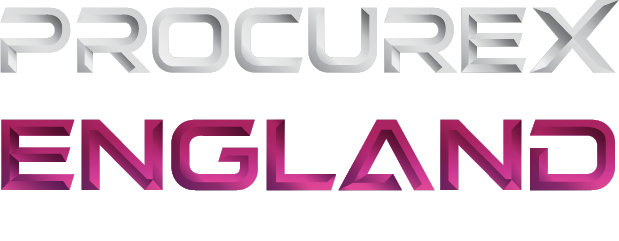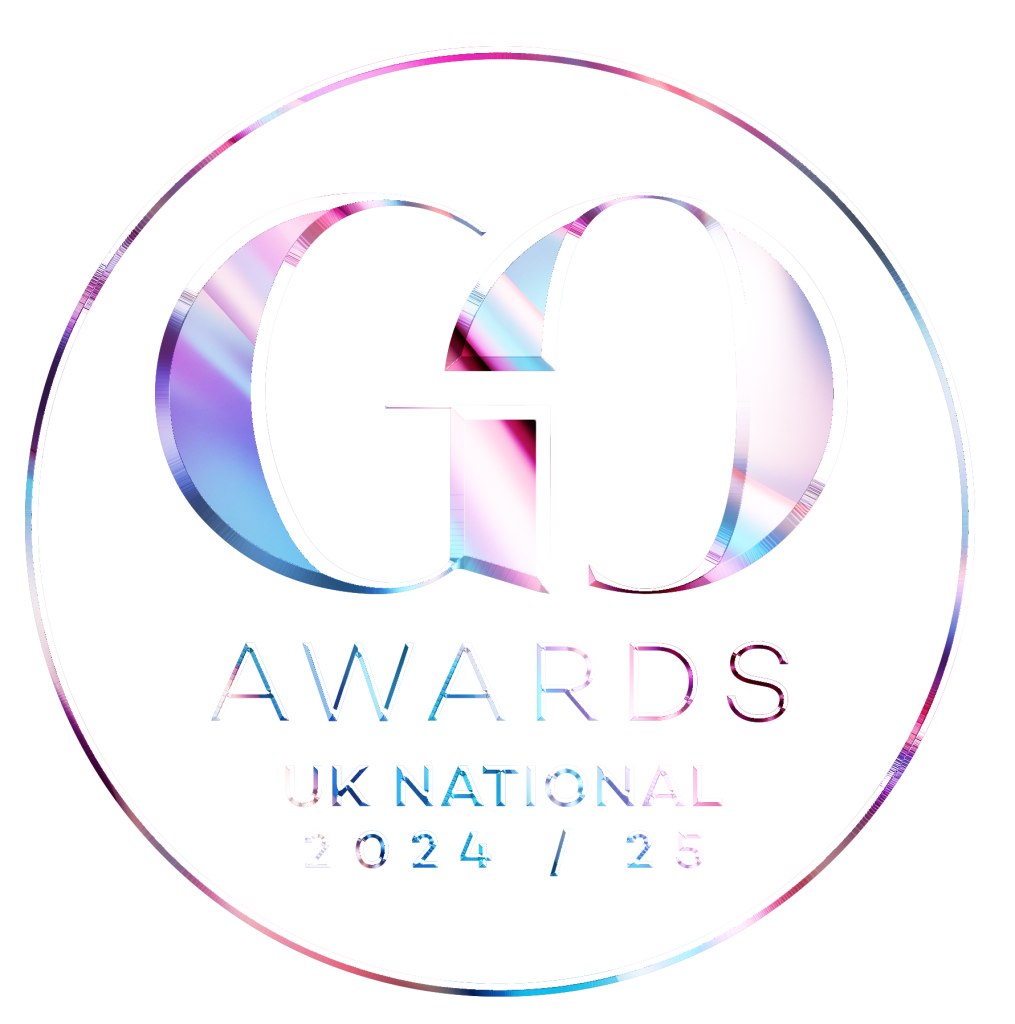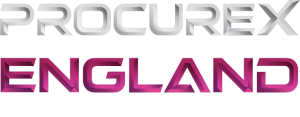Recent shifts in economic, political and technological landscapes have redefined the world of procurement. Nowadays, many governmental agencies are looking for innovative methods and agile responses to address the emerging obstacles. Sophisticated approaches are increasingly weighed against legacy routines by public sector buyers. In this article, we explore the future of procurement by examining impending challenges and strategic opportunities for procurement teams to embrace, covering a broad range of topics from supply chain disruptions and procurement technology to strict regulatory reforms and market dynamics.
Looking at the Future of Procurement
A variety of factors are forcing industry decision-makers to reassess traditional procurement procedures. Understanding digital procurement principles and realigning traditional procurement strategies is critical as the procurement sector expands. Significant cost savings and sustainable sourcing techniques can be achieved via careful planning and proactive modifications with the latest procurement technology.
The way procurement departments and their many teams balance digital transformation and strategic procedures has evolved significantly. As a result, there has been a significant shift towards a stance in which procurement keeps up with fast-changing market realities. Advanced procurement software, strategic partnerships, and digital technologies are regularly integrated to produce a strategy that may increase productivity in the procurement landscape despite unstable global supply networks.
Emerging Challenges in Public Procurement
Dynamic pressures have expedited changes in the public acquisition scene. There are new issues arising as a result of the various complications caused by global events and political decisions. Procurement professionals, government purchasers, and contract managers have all noticed that the future of procurement is fraught with challenges that require new thinking. Such difficulties necessitate rethinking procurement processes in light of proactive, strategic procurement frameworks.
Risk management challenges are constantly evolving, requiring robust contingency plans. Established methodologies are being augmented with deliberate approaches to procurement risk management and supplier performance. Potential hazards are reduced by rigorously implementing risk management techniques and increased procurement strategies such as strategic sourcing and digital transformation projects. Procurement organisations must rely on innovative supplier management approaches and agile procurement processes to achieve cost reductions and digital procurement integration.
As procurement leaders observe market volatility and risks, various approaches become increasingly critical. Disruptions in global supply chains put an emphasis on risk management strategies and improved supplier collaboration approaches. Digital solutions combined with various planning frameworks help procurement teams navigate difficult terrain and gain a competitive advantage in the procurement market.
Today, savvy managers incorporate future procurement data into strategic thinking, and procurement teams undertake more strategic initiatives. Simultaneously, cost-cutting techniques are integrated with comprehensive supplier relationship management models that focus on creating long-term value. Each inventive notion is based on important digital solutions that are necessary to achieve a balanced approach in current category management.
Navigating Supply Chain Disruptions
In the midst of persistent economic instability and legislative changes that continue to pose supply chain challenges, the public sector continues to enhance its sourcing strategy. Procurement experts are using digital procurement solutions that increase operational resilience and efficiency, as well as proactive supplier management, to address this.
Routine operations are now automated, and real-time supplier communication is possible. Through data-driven decision making, these solutions enable better supplier performance and more efficient risk management in procurement. Throughout the procurement lifecycle, it leads to increased efficiency and decreased susceptibility.
New kinds of strategic alliances are emerging as a result of improved collaboration models and communication frameworks. Procurement teams are using the digital revolution to create long-term value in the face of shifting market trends.
Agencies can improve category management and supplier performance by integrating technology with supplier management systems. These days, digital integration and constant development are necessary to create robust supply chains.
Managing Inflation and Contract Volatility
Shifting economic conditions and increasing costs are putting pressure on public sector finances. In order to achieve efficiency and savings, procurement professionals are responding by implementing cutting-edge cost control techniques that integrate category management with strategic procurement.
Digital solutions like automation and procurement analytics can help find areas for cost savings and increase process consistency. These programs support long-term budget planning in addition to cutting costs.
Risk management reduces the impact of inflation. Securing financial results with quality and compliance is achieved through technology-driven procurement strategies and collaboration with nimble suppliers.
Redefining supplier relationships in accordance with sustainable sourcing and cost goals is vital. Procurement teams use performance indicators and ethical business methods to meet cost targets without compromising standards.
Leveraging Digital Transformation and Technology
Procurement is undergoing a digital revolution that is combining the old and the new. Digital sourcing technologies, automation of some manual processes, and artificial intelligence have transformed how agencies assess vendors, manage categories, and streamline procurement processes. And technology will continue to transform procurement tasks in the future in various ways, making the need to implement digital solutions crucial to any supplier business strategy.
They improve performance, help risk management, and strengthen strategic sourcing and are simple to integrate with current systems. As a result, the procurement environment becomes more data-rich and flexible. This data can then be leveraged to develop new procurement strategies that can help improve procurement performance, including implementing new cost control measures that can enhance overall operational efficiency.
Additionally, digital solutions transform supplier relationship management by enabling more intelligent methods of collaboration and communication. Procurement leaders are using digital tools and procurement technology to help them integrate relationships and innovation to boost performance and bring about change.
Procurement departments in the public sector are now using digital tools to streamline supplier communication online, control market swings, and strengthen supply chain resilience. These tools are making procurement a more tech-enabled, strategic process and improving procurement performance.
Adapting to Regulatory Reforms and Policy Shifts
Evolving regulations demand that procurement strategies remain flexible and compliant. Agencies need to adapt by aligning procurement practices with statutory requirements while upholding ethical standards and corporate social responsibility values.
Procurement leaders are integrating category management with sustainability goals and updating legacy processes to reflect new compliance demands. These shifts support responsible sourcing and transparent operations.
Risk management and supplier engagement are central to navigating this evolving landscape. By adopting digital procurement tools, teams reduce complexity, ensure compliance, and support long-term strategic goals.
Regulatory changes are increasingly seen as opportunities to enhance supplier relationships, foster innovation, and improve digital integration. Compliance, combined with creativity, defines the next generation of procurement practices.
Building Resilient Supplier Networks
Robust supplier networks are essential for withstanding market disruptions. Public sector agencies are focusing on long-term collaboration and performance management to strengthen relationships and boost resilience.
Digital procurement and data analytics are enhancing supplier performance tracking, while automated systems simplify tasks and reduce risks. These improvements allow procurement leaders to focus on value creation and strategic sourcing.
Supplier management practices are evolving through streamlined communication, improved transparency, and sustainable sourcing frameworks. Digital transformation plays a key role, connecting teams with suppliers to drive operational excellence.
Agencies are building collaborative ecosystems that blend technology with supplier expertise. These networks enable consistent performance, support risk mitigation, and elevate procurement outcomes.
The Road Ahead for Procurement Teams
The future of procurement is rooted in digital transformation, strategic sourcing, and adaptability. Teams must continuously evolve to respond to global uncertainties, technological advancements, and policy reforms.
AI and data-driven tools are reshaping procurement operations, supporting cost reduction and improving decision-making. As digital tools mature, procurement professionals are better equipped to navigate complexity, drive efficiency, and deliver value.
Sustainable sourcing, corporate responsibility, and agile practices are becoming core pillars of modern procurement. Collaborative digital platforms further connect procurement teams with suppliers, fostering innovation and strategic alignment.
By embracing change and focusing on strategic value, public sector procurement teams are charting a resilient path forward—one defined by smarter sourcing, better supplier relationships, and stronger operational outcomes.
Charting a Resilient Path Forward
Procurement is at a turning point, driven by innovation, digital transformation, and strategic agility. The future of procurement Agencies that embrace digital tools, align with regulatory shifts, and foster strong supplier relationships will lead the way. A resilient procurement function blends cost savings with sustainability, innovation, and technology. Forward-thinking teams that prioritise collaboration, efficiency, and continuous improvement are well-positioned to thrive in a dynamic and unpredictable world.



